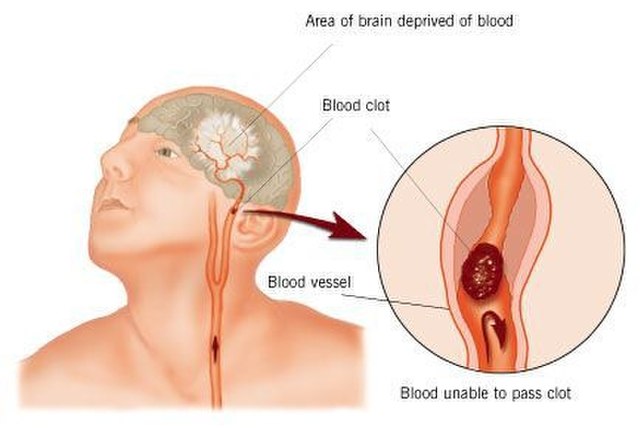
The California Institute for Regenerative Medicine (CIRM), the world’s largest institution dedicated to regenerative medicine, today awarded $50.1 million to fund clinical-stage research projects aimed at advancing stem cell and gene therapy treatments for a variety conditions ranging from neurodegenerative diseases and blood cancers to HIV/AIDS.
The awards will support six projects in the Agency’s clinical program which provides funding for eligible stem cell and gene therapy-based projects through any stage of clinical trial activity.
The awards include:
| Application | Title | Principal Investigator – Institution | Amount |
| CLIN1-14607 | Cancer Stem Cell Interception with Rebecsinib: A First-in-Class ADAR1 Inhibitor | Catriona Jamieson – Aspera Biomedicines, Inc. | $3,200,000 |
| CLIN1-14933 | Manufacturing of AS-202, an Antisense oligonucleotides for a Phase 1/2 Clinical Trial for Amyotrophic Lateral Sclerosis | Samuel Alworth – AcuraStem Inc. | $2,199,782 |
| CLIN2-14068 | Treatment of Severe Aplastic Anemia by induction of mixed chimerism using CD4+ T cell depleted haploidentical donor stem cell transplant | Ryotaro Nakamura – Beckman Research Institute of City of Hope | $9,054,216 |
| CLIN2-14748 | Evaluation of Safety and Feasibility of Cytomegalovirus-Specific, Anti-HIV Chimeric Antigen Receptor (CMV/HIV-CAR) T Cells in People with HIV | John Zaia – Beckman Research Institute of City of Hope | $11,299,976 |
| CLIN2-14787 | A Phase 2b, Randomized, Assessor-Masked Clinical Trial to Assess the Safety and Efficacy of the CPCB-RPE1 Implant in Subjects with Geographic Atrophy | Jane Lebkowski – Regenerative Patch Technologies LLC | $12,373,748 |
| CLIN2-15087 | Phase I Study of Chimeric Antigen Receptor Engineered T Cells targeting CD33 for the Treatment of Relapsed/Refractory Acute Myeloid Leukemia | Elizabeth Budde – Beckman Research Institute of City of Hope | $11,983,547 |
Among the awards is a $12.4 million grant to support Regenerative Patch Technologies LLC in a Phase 2b clinical trial to evaluate the safety and efficacy of a retinal pigmented epithelial (RPE) implant. The implant will be evaluated in patients with geographic atrophy, a late-stage form of age-related macular degeneration (AMD), a common condition that can lead to vision loss in older adults.
The RPE is an important cell layer that supports the retina and plays a critical role in maintaining vision. In geographic atrophy, RPE cells break down over time, leading to impaired vision and a loss of independence.
The stem cell-based implant aims to promote the survival and function of the retina, protecting the eye from disease progression and potentially improving vision.
“This award supplies critical funding to support a Phase 2b clinical trial to achieve our goal of improving vision in patients with geographic atrophy”, said Jane Lebkowski, PhD, President of Regenerative Patch Technologies. “We want to thank CIRM for their support of this program.”
Geographic atrophy affects more than 8 million people worldwide and an estimated 1 million people in the United States. There are currently no approved therapies that are effective in improving vision in patients with geographic atrophy.
“CIRM is proud to continue to fund this groundbreaking stem cell therapy that has the potential to improve outcomes for the millions of people suffering from geographic atrophy,” said Maria T. Millan, M.D., President and CEO of CIRM. “This investment is follow-on funding to CIRM’s previous support to develop this therapy. It reflects our commitment to advancing cutting-edge science and underscores our dedication to addressing the unmet medical needs of those affected by degenerative diseases.”
This month’s clinical awards include two preclinical projects and four clinical-stage projects. That brings the number of CIRM-funded clinical trials to 95. For more information on CIRM’s clinical stage program, please visit our Funding Opportunities page.
For media requests and inquiries about these awards, please contact press@cirm.ca.gov.


















